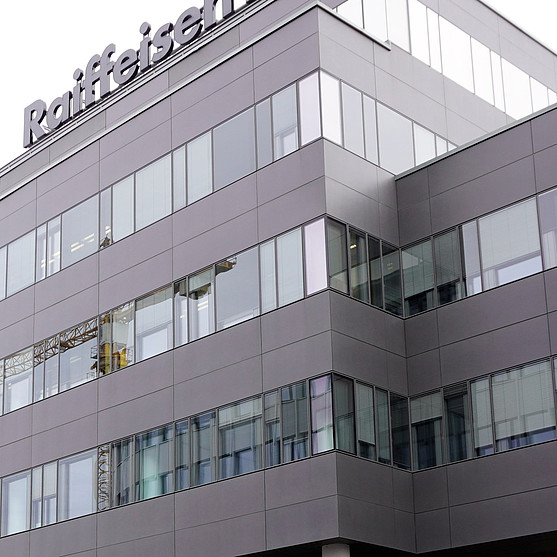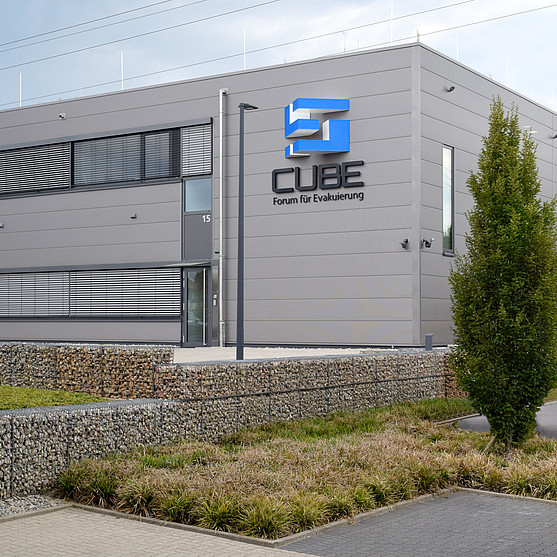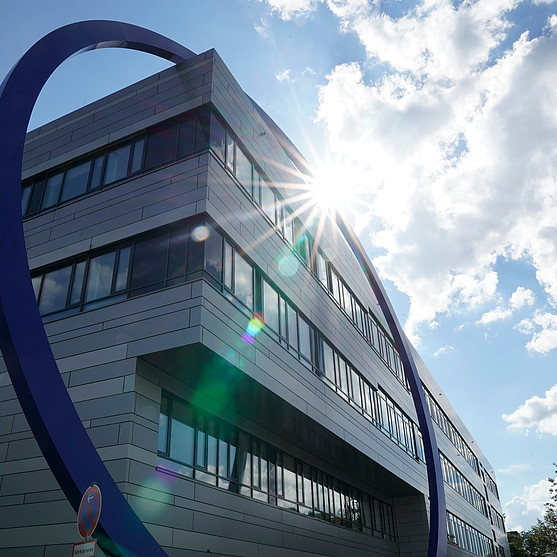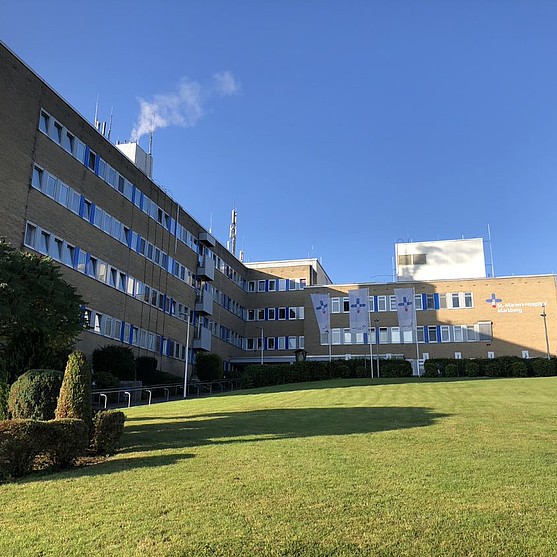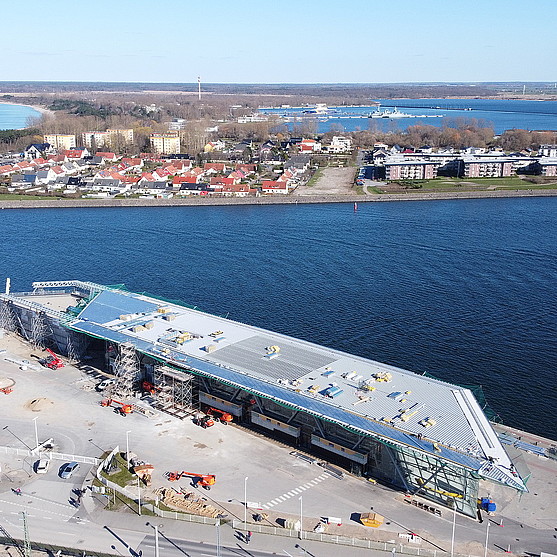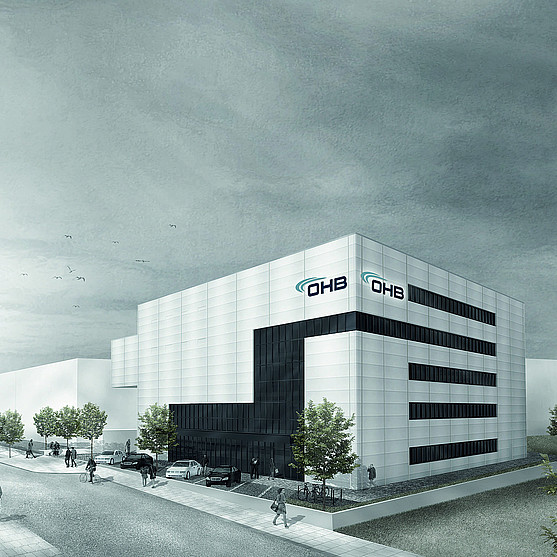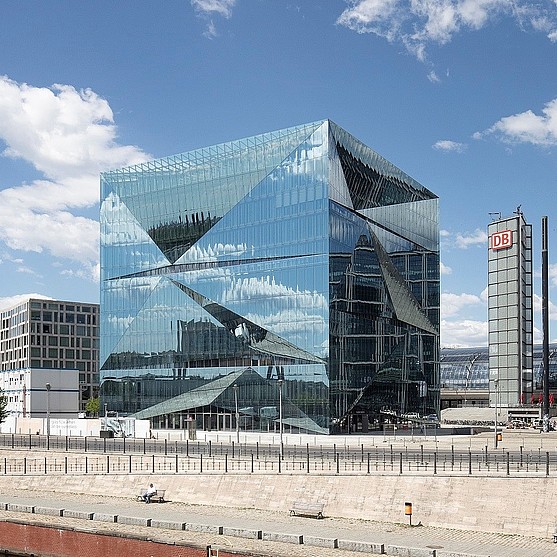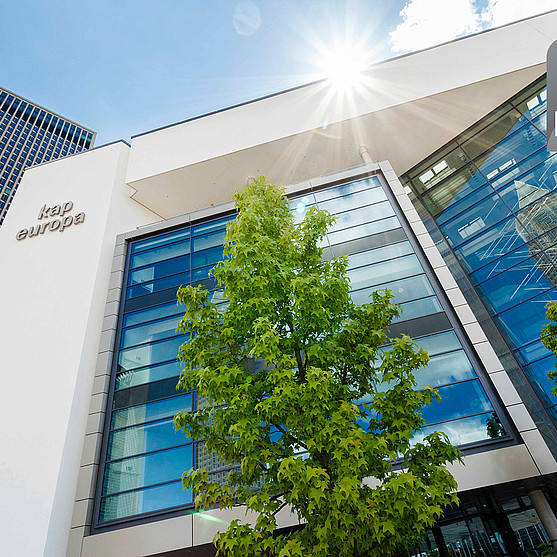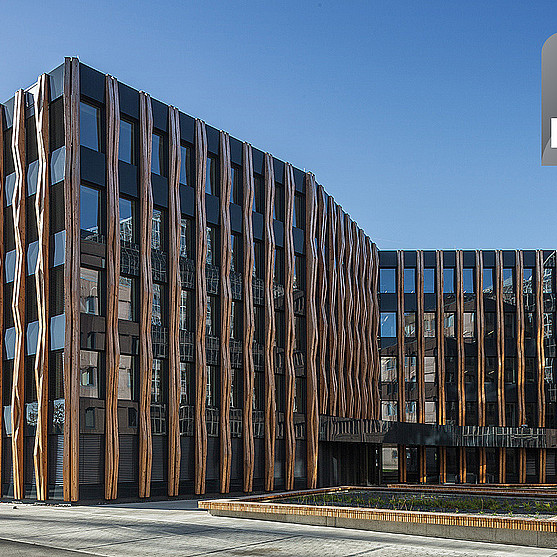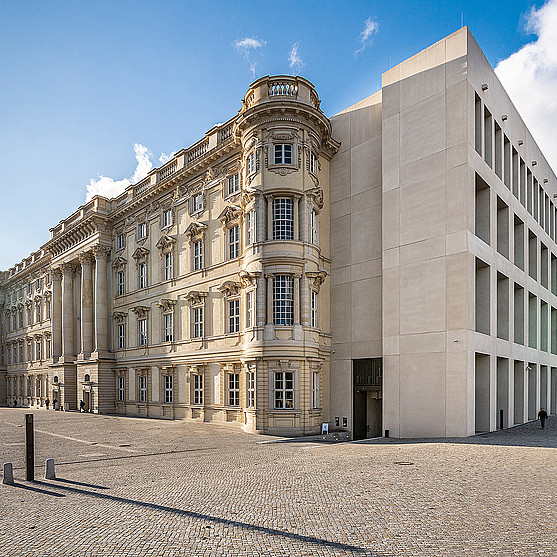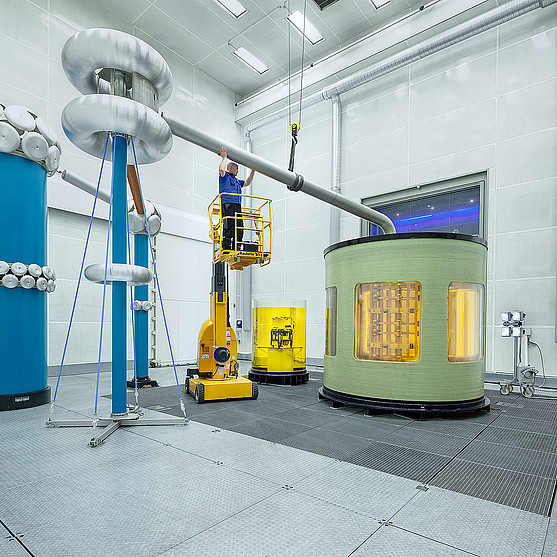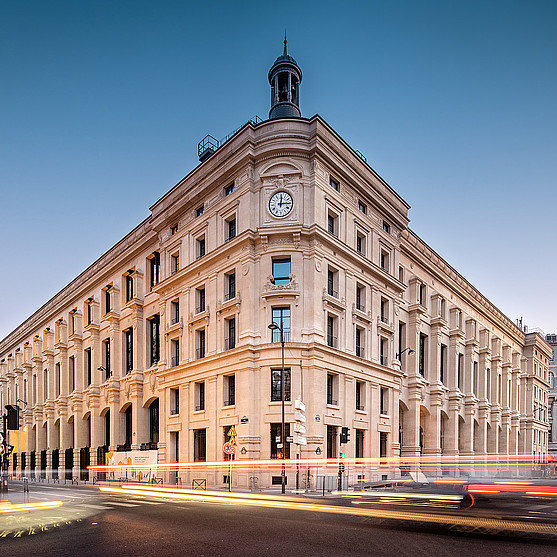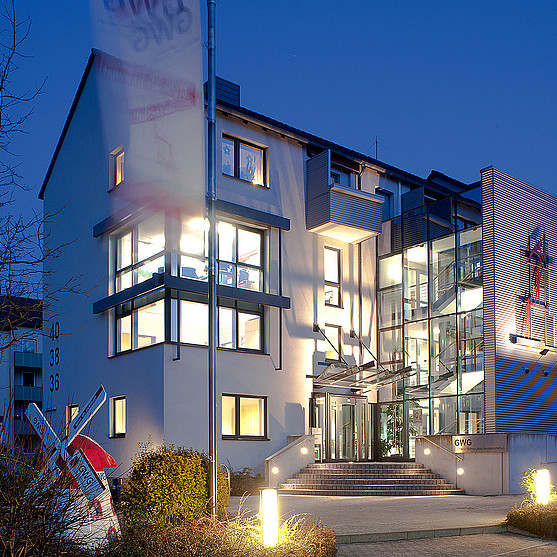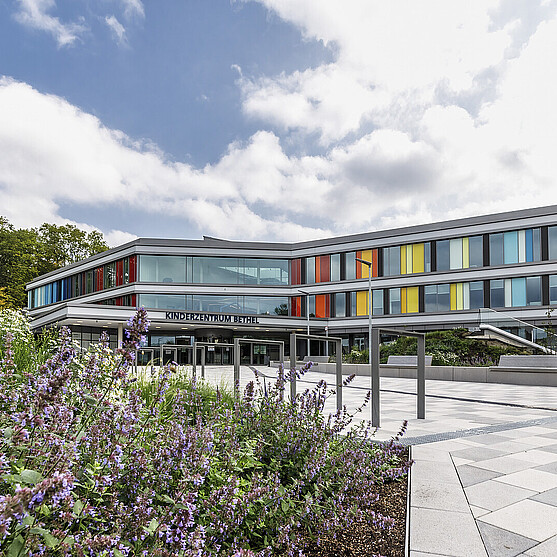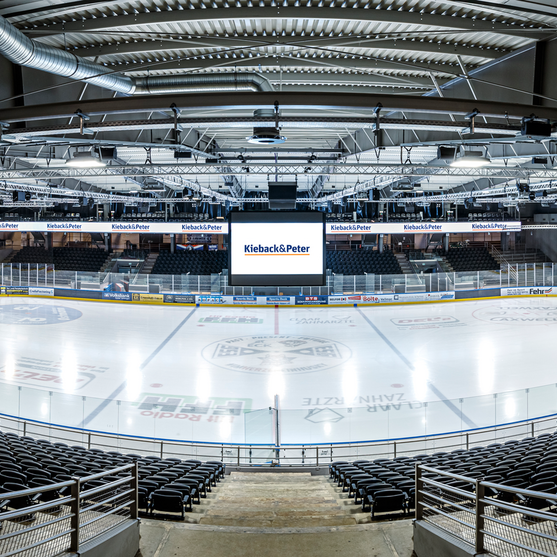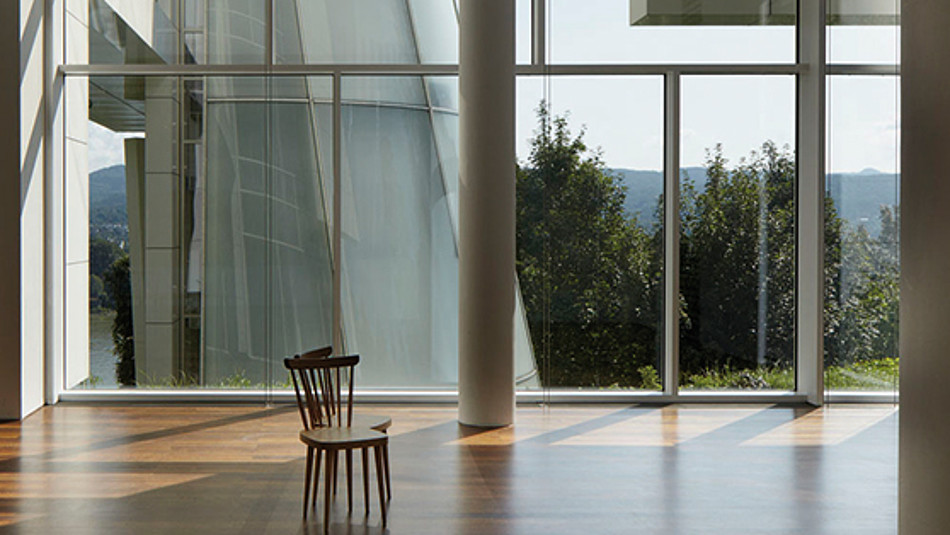
The Arp Museum Bahnhof Rolandseck in Remagen, Germany has two exhibition buildings: a historic train station in the Rhine Valley and a new building by American star architect Richard Meier. Built in 2007, the new building is on a small hill and is connected to the old building underground and through a small pavilion. Kieback&Peter optimized the museum’s HVAC system with the DDC4000 automation system, including the integrated Climotion control algorithm. With this modernization, Kieback&Peter reduced energy consumption by about 60 percent, while creating ideal climatic conditions for the art and museum visitors.
An ideal indoor climate with low energy consumption
Richard Meier demanded ideal climatic conditions for the valuable artwork by German-French artist Hans Arp in the museum. To prevent damage, the pieces must be kept at a constant temperature with the humidity fine-tuned to the materials. It was just as important to the architect that visitors enjoy spending a long time in the building. After all, he observed, it is “not a museum for fifteen minutes or an hour.”
The existing ventilation technology could not always meet these requirements: On the one hand, changing numbers of visitors caused the temperature and humidity to fluctuate. On the other, the HVAC systems worked with conventional ventilation, which transferred unnecessarily large amounts of air at high flow speeds. The consequences for the art and visitors were fluctuating climatic conditions, pockets of hot and cold air, and unpleasant drafts. The disadvantage for the operator was unnecessarily high energy consumption.
As a result, the state of Rhineland-Palatinate’s estate and construction management agency (LBB) was interested in finding a solution to cut costs and save energy. In 2014, the LBB commissioned Kieback&Peter to develop a concept for optimizing open-loop and closed-loop control of the HVAC systems. This concept was to include all museum buildings: the historic train station (heating and ventilation), the Richard Meier building (heating, air conditioning and ventilation) and the small pavilion (ventilation) in the connecting structure.
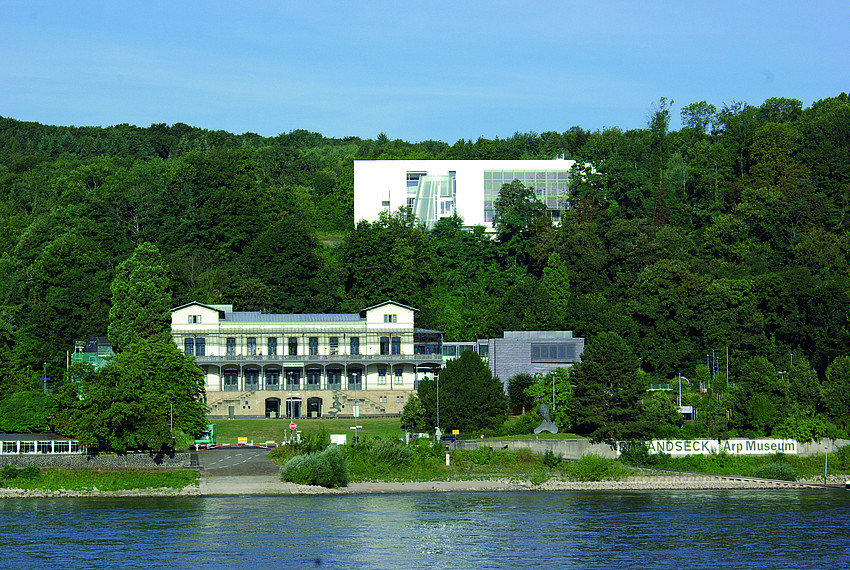
Climotion for high energy savings and more comfort
The ventilation experts from Kieback&Peter assessed the conditions on site and presented a concept for demand-based, closed-loop ventilation control – with additional optimization by the patented Climotion algorithm. Before implementation, the Climotion team predicted potential savings of at least 30 percent, the amount of energy this type of Kieback&Peter ventilation project saves on average.
In July 2014, Kieback&Peter implemented the DDC4000 automation system in the Richard Meier building, while integrating smart closed-loop ventilation control with Climotion. The work was completed on days without exhibitions, and did not affect the museum’s operations.
Kieback&Peter had already set up the DDC3000 automation system in the old museum building in 2007. The expert team used the central bus to connect the existing devices to the newly installed DDC4000 automation system. They used BACnet to connect all the technology to the operator’s existing IT network.
The Climotion control algorithm allows demand-based, closed-loop control and monitoring of ventilation and air conditioning in the museum rooms. It has native integration into the DDC4200 automation stations. In the new museum building, finely tuned sensors detect the condition of the air in the rooms.
Climotion is based on a special control strategy that separates supply air from extract air, and controls at variable speeds. Climotion creates a slow, non-directional flow, and ensures that the supply air is mixed evenly with the air in the room. The operator defines the appropriate quality, humidity and temperature for the air in each zone. The DDC4200 controllers keep the air in the zones constant at exactly these values.
The results of their work surprised even the Climotion experts from Kieback&Peter: Their optimization measure in the Arp Museum reduced energy consumption by the ventilation and air conditioning from an average of 320 kilowatt-hours to less than 100 kilowatt-hours per day. That amounts to savings of almost 60 percent. What is more, the climate for visitors in the museum rooms is now much more pleasant: no more drafts, thermal stratification, pockets of cool air, or cold air descending from glass facades. Last but not least, the valuable art also benefits from these changes. The demand-based ventilation ensures that the museum always has ideal climactic conditions, regardless of how much the number of visitors fluctuates.

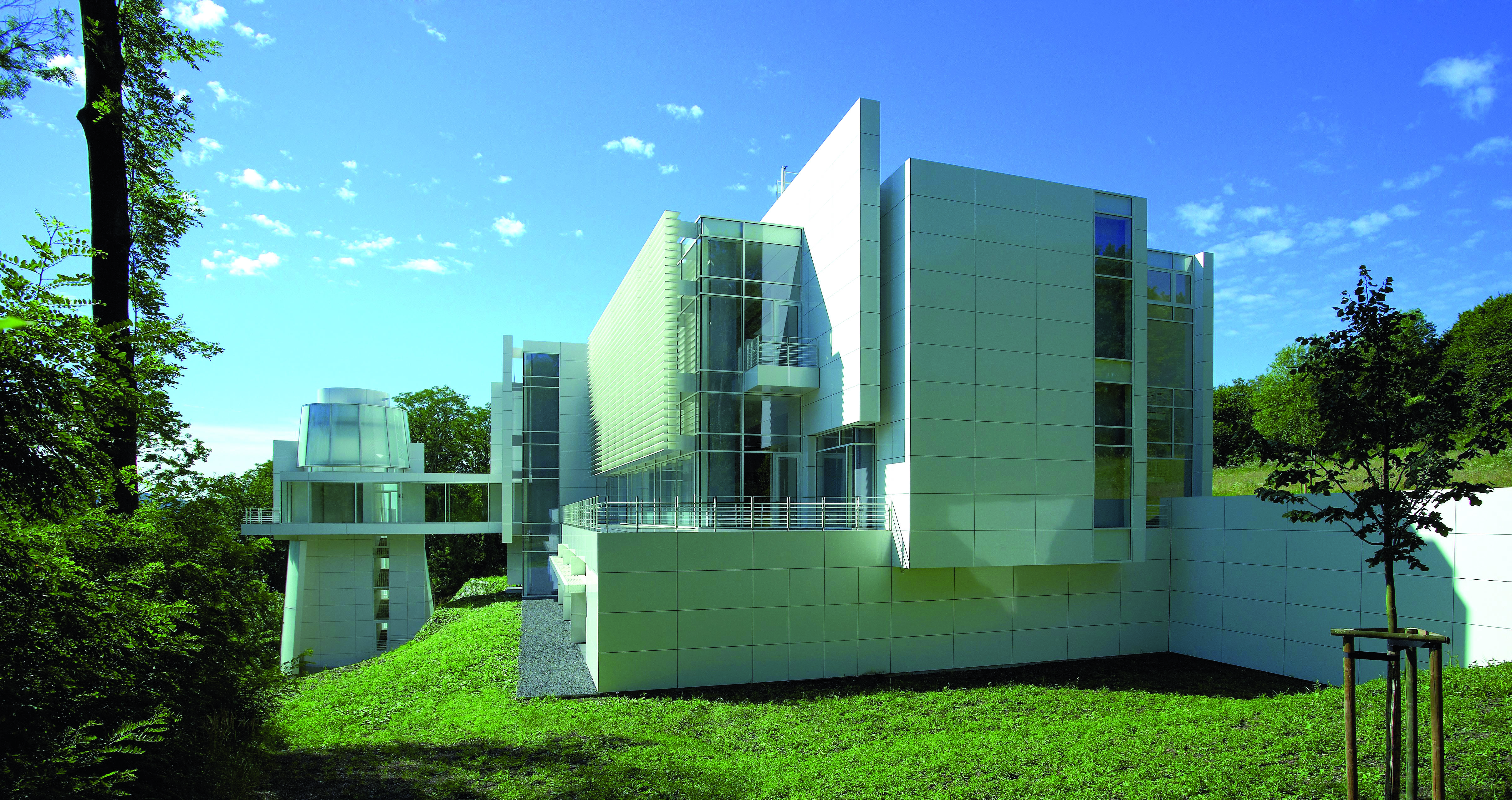
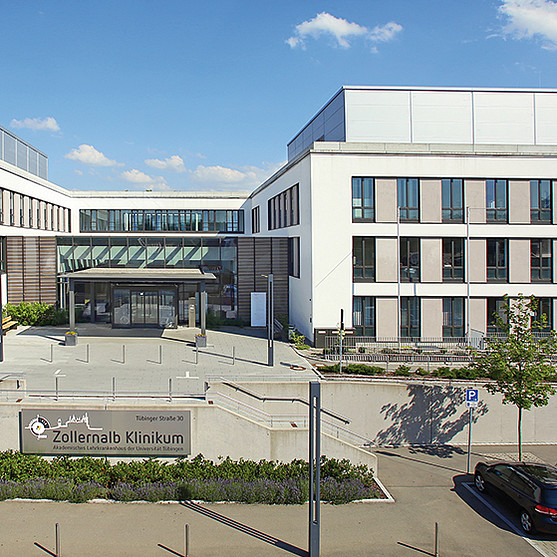
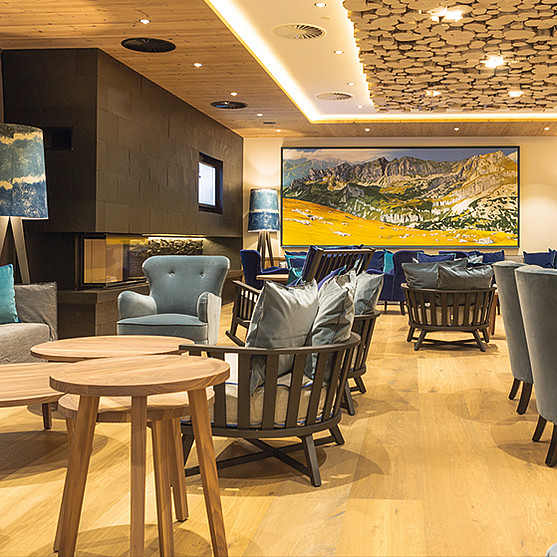
![[Translate to Englisch:] Elbdeck [Translate to Englisch:] Elbdeck Hamburg](/fileadmin/_processed_/9/b/csm_11_Deutschland_Hamburg_Elbdeck_3011f21c3c.jpg)
![[Translate to Englisch:] Qu4drans Paris [Translate to Englisch:] Qu4drans Paris](/fileadmin/_processed_/f/2/csm_Qu4drans_e315f9ef8d.jpg)
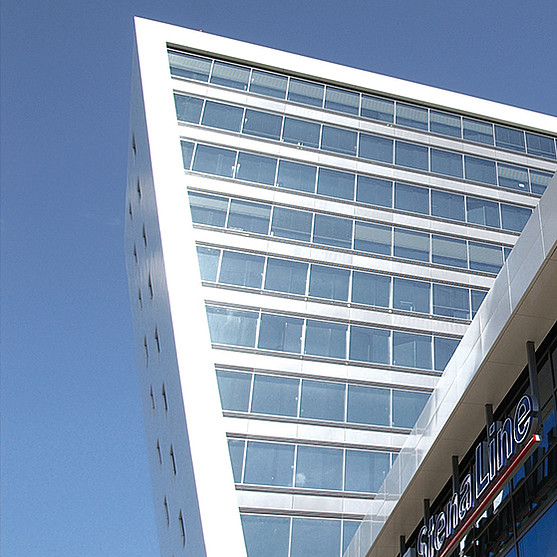
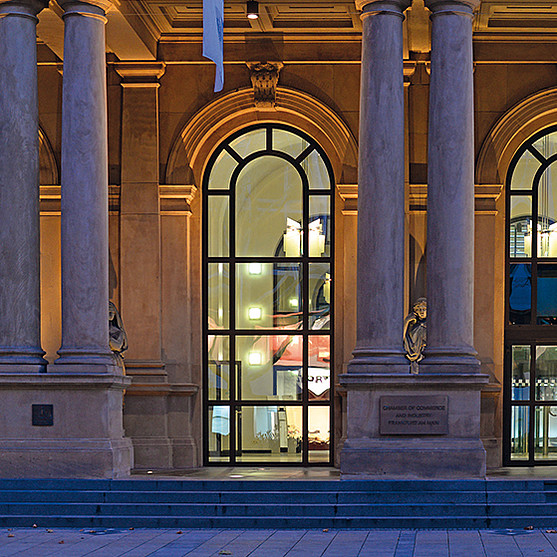
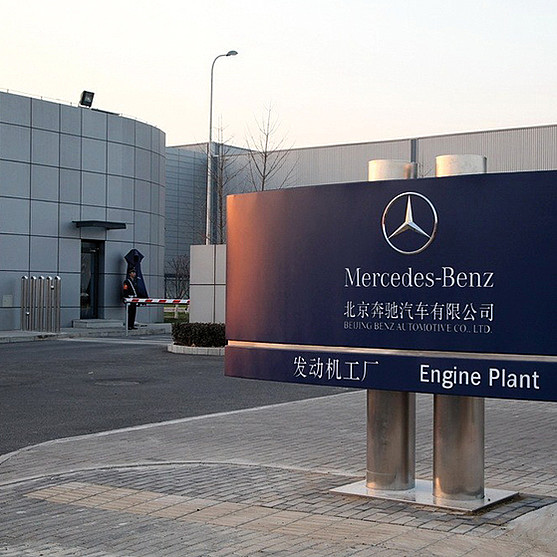
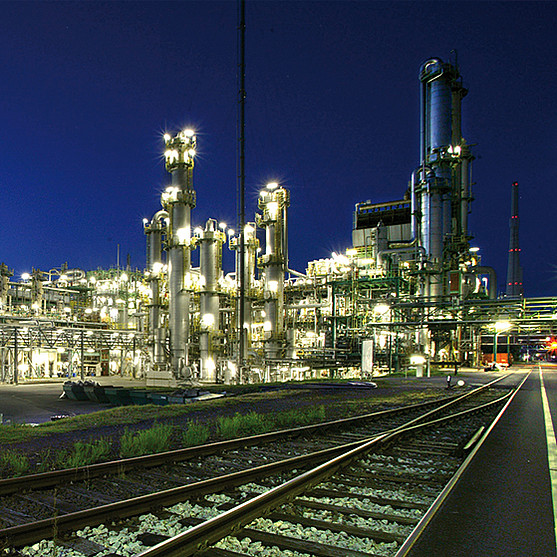
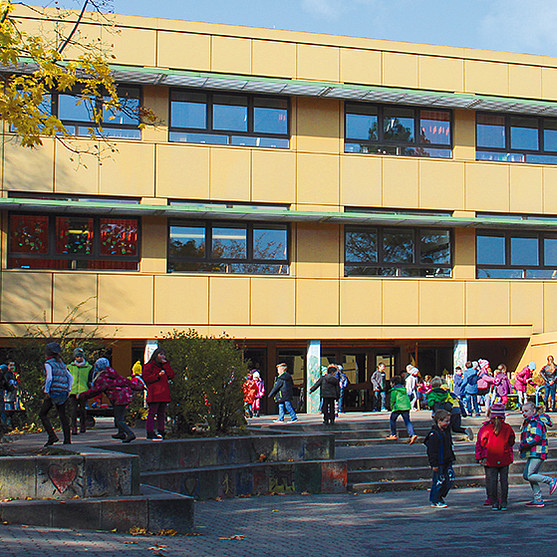
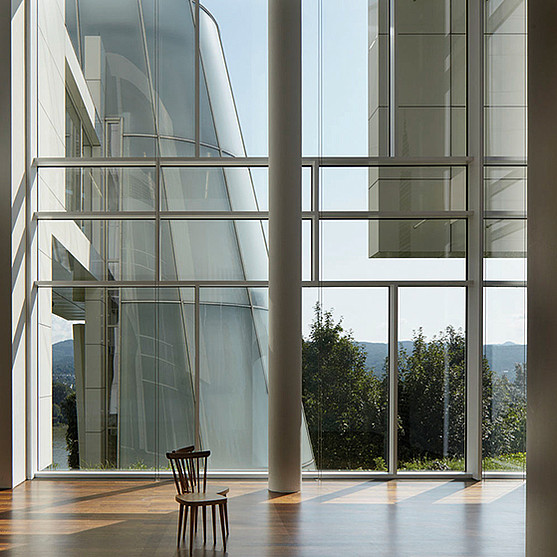
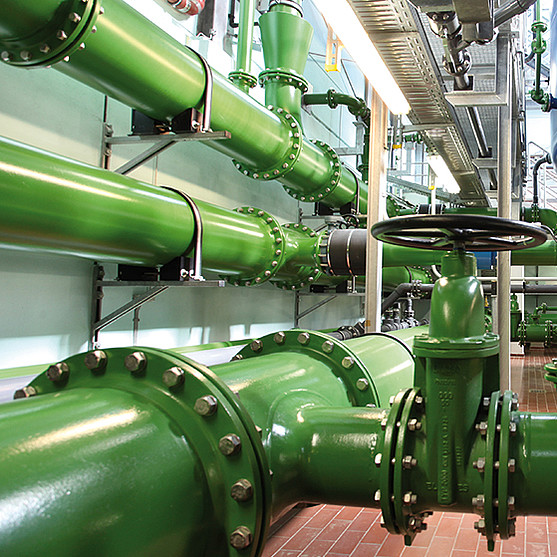
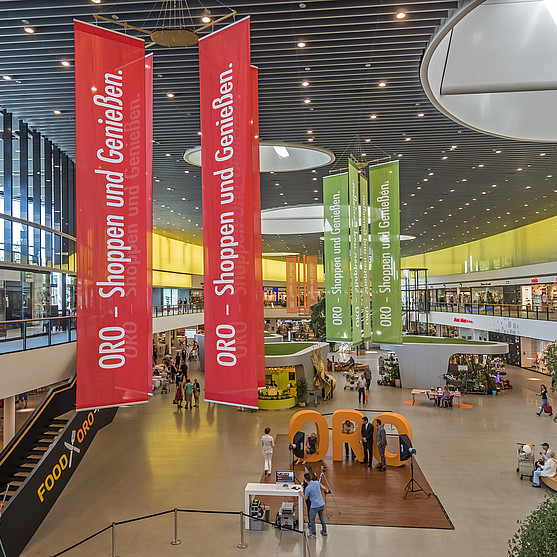
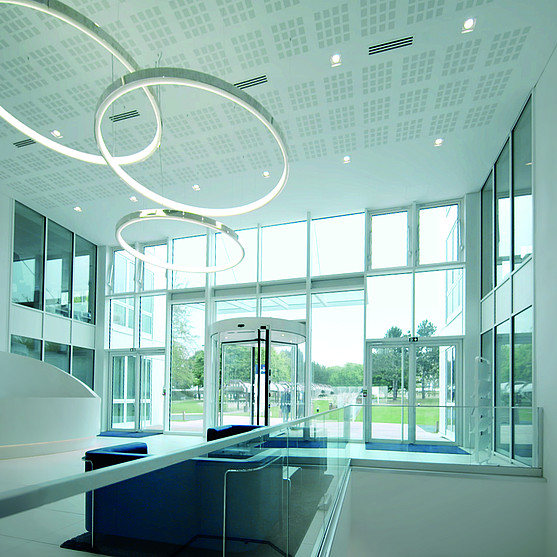
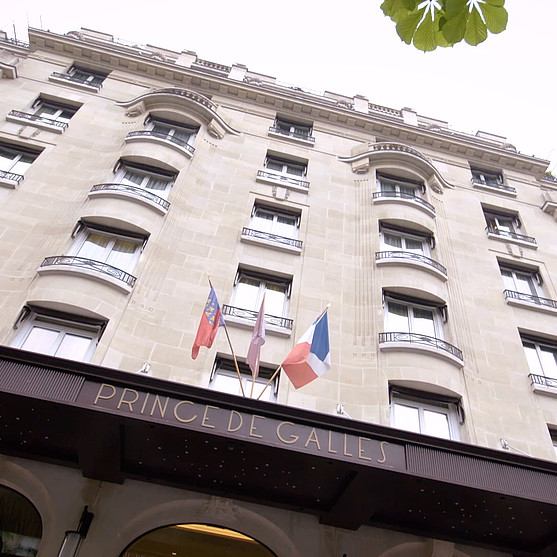
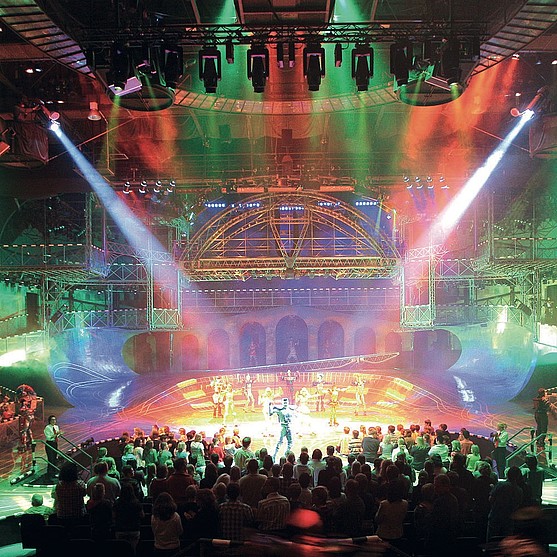
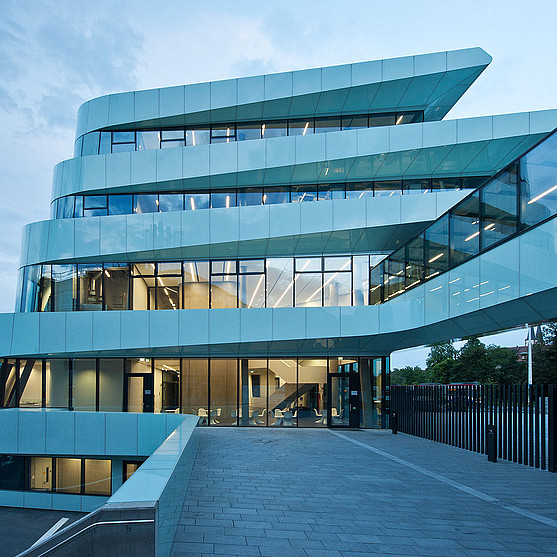
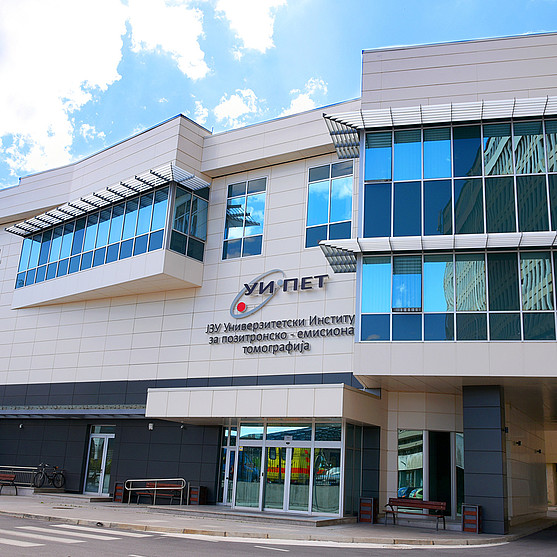
![[Translate to Englisch:] [Translate to Englisch:]](/fileadmin/_processed_/3/d/csm_L_T_Sporthaus_Osnabrueck_Indoor_kieback-peter_d47dda6a97.jpg)
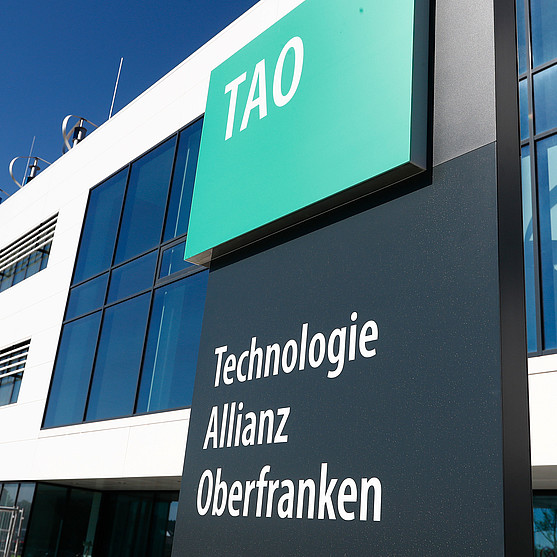
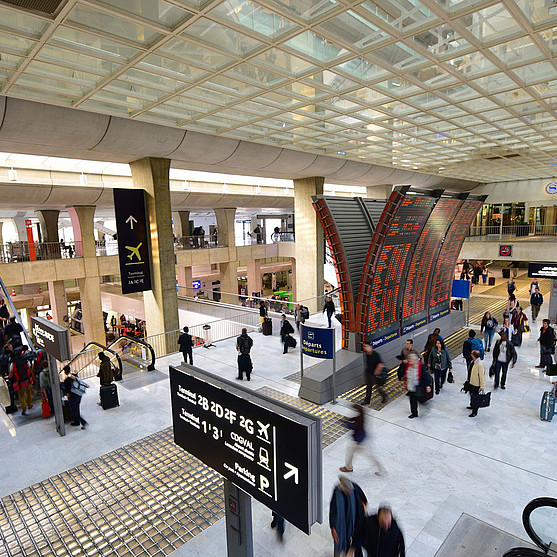
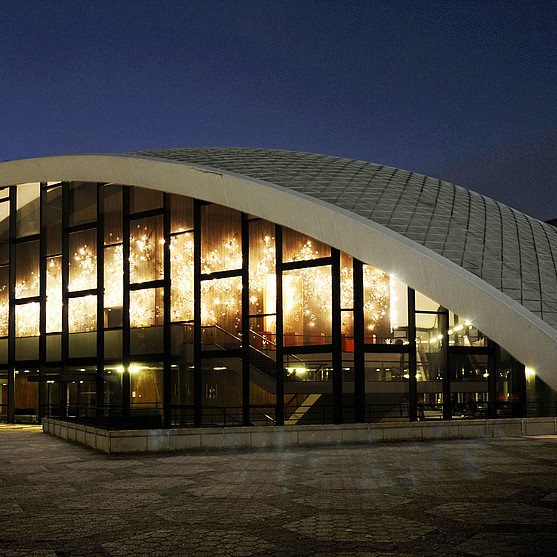
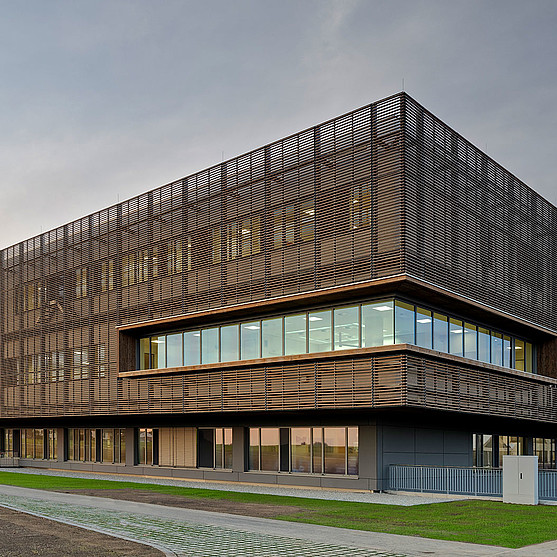
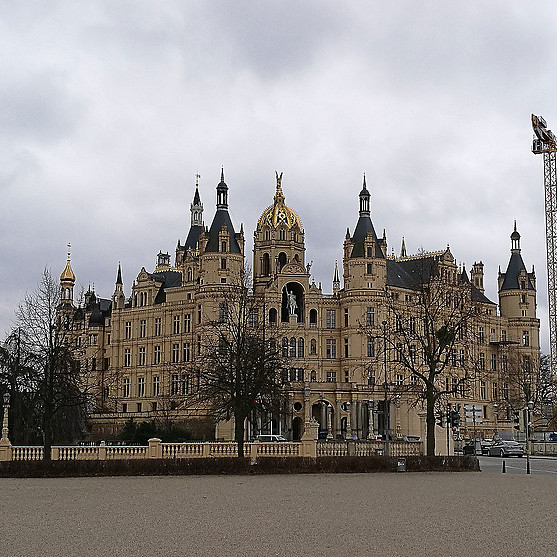
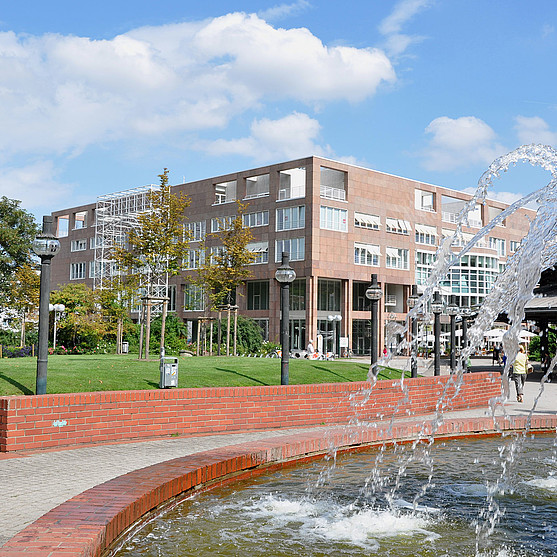
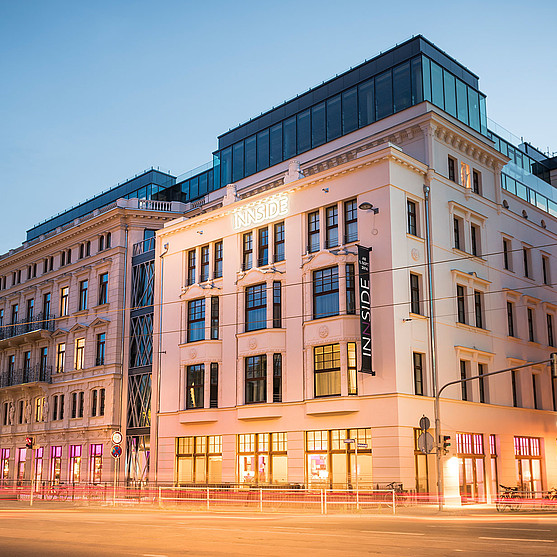
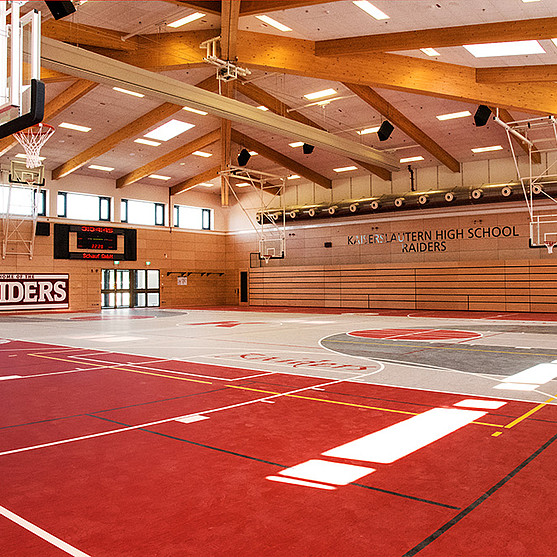
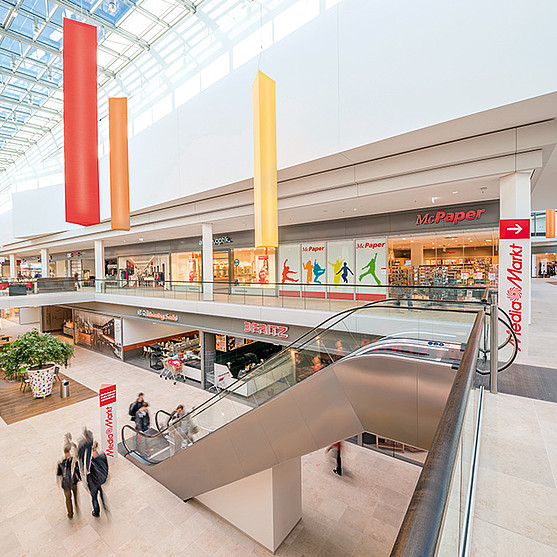
![[Translate to Englisch:] [Translate to Englisch:]](/fileadmin/_processed_/6/f/csm_flevo-krankenhaus-aussenansicht-kieback-peter_7f540b4b4f.jpg)
